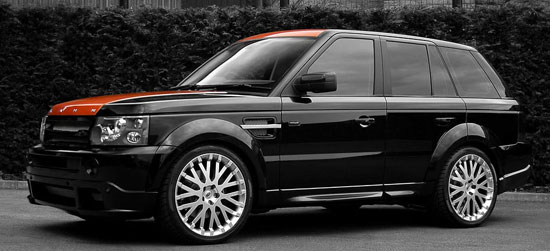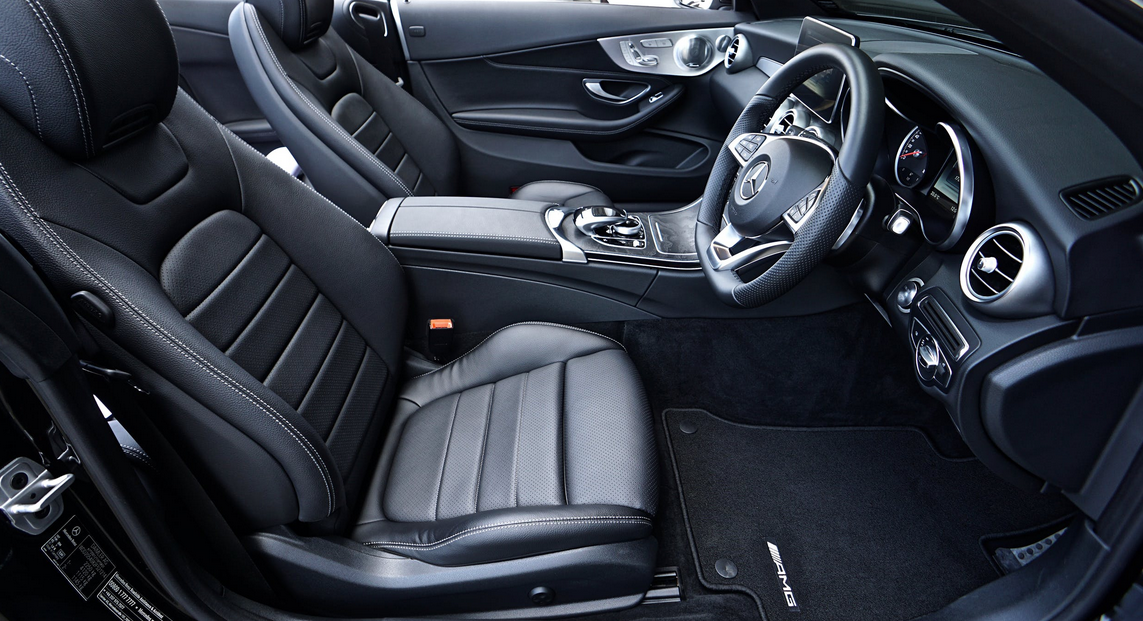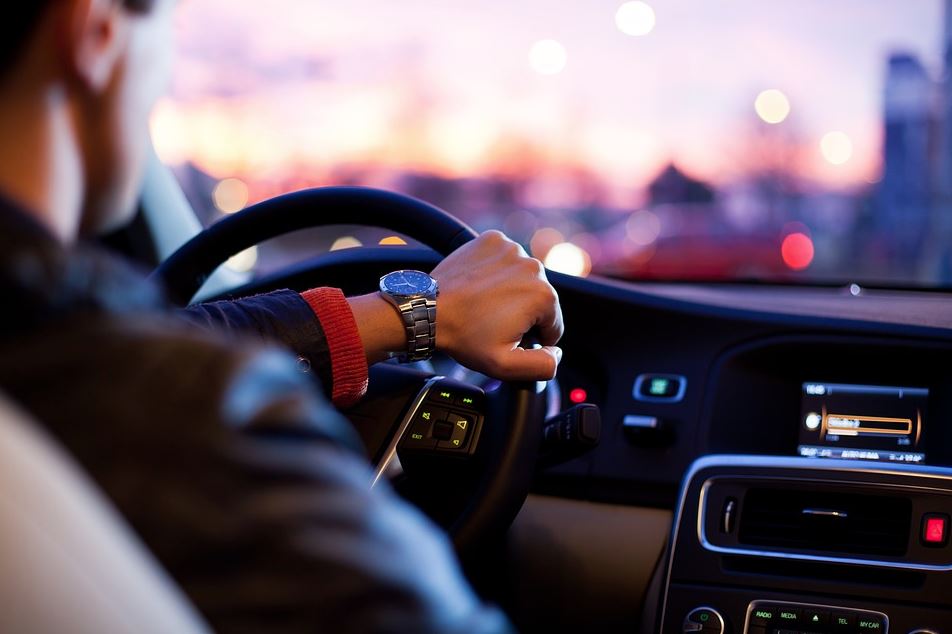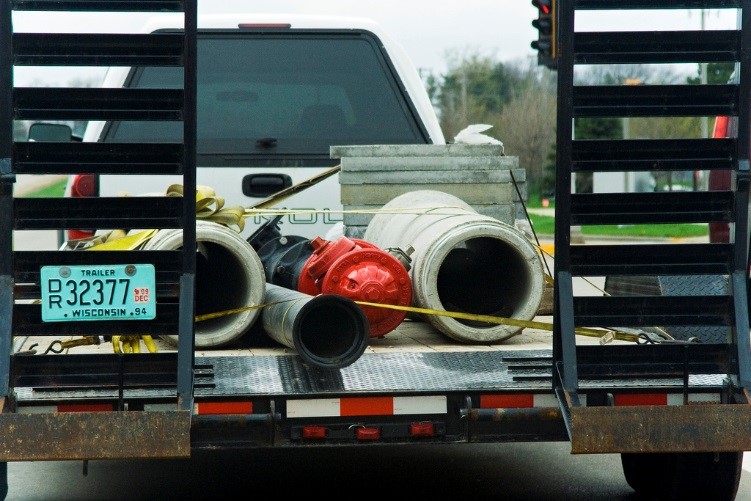This is the fourth Range Rover in its series. The iconic original appearance was in 1970 and since then it hasn’t changed a lot. But a manufacturer like Range Rover can’t ignore the generation influences. The first one’s appearance was modest by today’s standards which made the Range Rovers more versatile and it succeeded brilliantly.
The first one, the original one looked great and was quickly recognized by the praising community. The first model succeeded in its objectives and actually loved as a fine machine. You may see this model a rival against the Mercedes S class.
The new Range Rover 2013 extends the rivalry. The looks are more imposing, the interior is sumptuous, the chassis is new and weight saving; and the engine is energy efficient. The first time Range Rover includes a high velocity V6 diesel engine. The engine emits less than 200g/km. This figure is actually very fragile for an SUV, especially for a name like Range Rover.
The luxurious and superior spacious rear package is included the first time in the Range Rover SVD8. The importance of this feature is increasing in the countries in Asia and South-East Asia so this is actually a good move. In short, this is just a better edition of the Range Rover.
The 4.4 liter V6 engine is expanded from the previous 3.6 liter version. The 334bhp in 3500 rpm is indeed generous, plus the 516lb torque delivered between 1750 to 3000 rpm turn out to be the engine band. It’s attached to an eight speed automatic transmission with paddle shifts.
The performance of the Range Rover SVD8 is effortless. This car’s top speed is 135 mph. 0 to 60 mph speed takes 6.9 seconds. The engine rarely gets closer to its 4500rpm ending range. The engine is only heard when it’s started, rarely heard the other times.
The car rides over the roads pretty smoothly. The changes of gears are not felt that much. A new automatic driving system arrives with the latest Range Rover SUV. The system offers an automatic setting that gauges driving conditions and configures throttle, clearance, transmissions and chassis electronics to suit changing conditions.
It feels smoother on road than the previous versions. The vehicle is less sensitive to crosswinds and even more relaxed, accurate steering especially nears the straight ahead. If the previous Range was easier to drive, this one is even easier.
Now the question – if you should buy one. The new Range Rover SVD8 is deserves no bargain – the cheapest is more than 70 thousand euros. This model is definitely better than the previous one, in terms of improvement and everything else.





